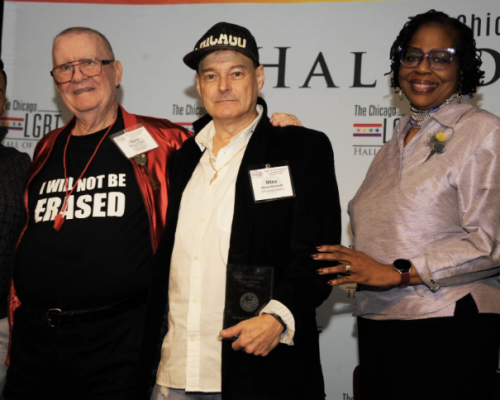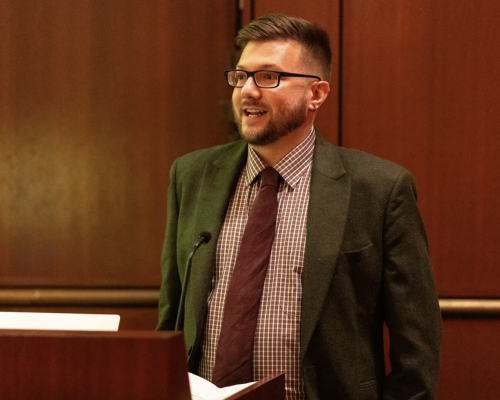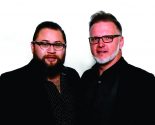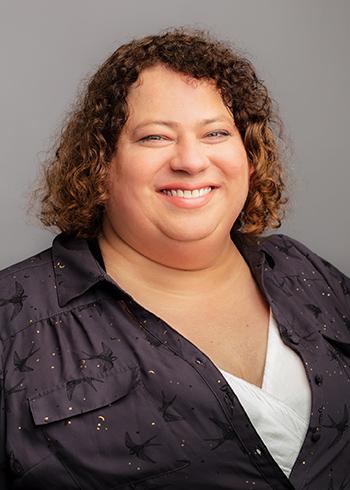
LGBTQ media aim for diverse, younger readership
by Joe Siegel
A study conducted by the Public Religion Research Institute revealed that 28 percent of Generation Z adults between 18 and 25 identify as LGBTQ.
“The findings, based on PRRI polling and focus groups conducted between August and September, not only sheds light on the evolving landscape of sexual orientation identification, but also suggests that younger generations are increasingly comfortable and empowered to openly embrace their sexuality and gender identity,” as reported in the Washington Blade.
“The study reveals that 16 percent of millennials, 7 percent of Generation X, 4 percent of baby boomers and 4 percent of the Silent Generation identify as LGBTQ. This stark generational difference underscores the ongoing positive transformation in societal attitudes toward the LGBTQ community.”
LGBTQ editors and publishers acknowledge the need to evolve with the times, focusing their content on addressing the concerns of an increasingly younger readership.
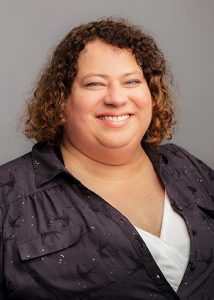
“Ultimately, I think it behooves a publication to know their community and the issues that are important to it,” said Renee Raketty, editor of SGN (Seattle Gay News). “We need to serve a broad audience across the LGBTQIA+ spectrum. The teens that represent our future are just as important as the elders whose contributions paved the path toward our current reality. I think having a diverse staff — across generations — can help to ensure we meet the needs of all generations.”
Raketty noted the increased reliance on technology and what that means for SGN.
“I think there is no doubt that the future is online,” Raketty noted. “The SGN has no plans to be left out of that reality. We continue to increase our website traffic and social media presence. I do see a divide between generations regarding physical media. Personally, as someone in their mid-40s, I enjoy picking up a physical paper to read cover-to-cover, but when I want to find breaking news or relevant stories, … I turn to the web and read about it online.”
In Chicago, “Windy City Times has always sought to be inclusive of all of the generations of LGBTQ+ people,” said editor Tracey Baim. “This includes through youth writing, internships, fellowships, and stories about LGBTQ+ younger people. This research validates what we have always seen, which is that the more open a society can be, the more free people can be to be who they are. We don’t care about the affluence of our readers, and we never have. We want to cover all parts of our community.”
Adaptation to changing demographics is a key to survival, according to Tammye Nash, managing editor of the Dallas Voice.
“We must continue to cultivate a new, younger audience if we want to continue to stay relevant,” Nash said. “So to remain successful, we have to reach an audience that spans the generations. To me that means, rather than trying to change our focus or our platforms to cater to a specific audience based on age or wealth or whatever, we have to broaden our focus and our platforms. Our target audience is the LGBTQ+ community, and that community includes all ages, all genders, all races, all ethnicities, all nationalities and so on. And we have to try and make sure that we are reaching all of our target audience and doing so via the platform they are most likely to use and most comfortable using. We have to try and be as diverse in our coverage as the community we serve.”
IN THE NEWS
Volume 25
Issue 12

